Australian Dollar at Risk on Static RBA, Upbeat US News-Flow
Fundamental Forecast for Australian Dollar: Neutral
- RBA Rate Decision May Be a Nonevent as “Period of Stability“ Continues
- AUD/USD May Fall as Upbeat US Data Erodes Aussie’s Yield Advantage
The Australian Dollar faces a whirlwind of event risk in the week ahead, with high-profile event risk lining up domestically and on the external front. A monetary policy announcement from the RBA uncharacteristically represents the least impactful of the week’s major inflection points. The central bank has advocated a period of policy stability for two consecutive meetings and there is little reason to suspect its calculus has materially changed.
Data from Citigroup shows Australian economic news-flow materially improved relative to expectations in March, but performance seems far from broad-based. Leading indicators from the Australian Industry Group (AiG) point to strength in services but likewise reveal an anemic manufacturing sector and slumping construction activity.
At the very least, the RBA is likely to want to see several months of robust outcomes to rethink the economy’s medium-term trajectory. With that in mind, the April rate decision is likely to do little besides reinforcing the status quo.
Where the RBA may fall short, the US economic calendar offers plenty of opportunities for volatility. A busy docket featuring manufacturing and services ISM figures and February’s Factory Orders report culminates in the much-anticipated Employment data set. Improvements are expected across the board, with the closely monitored Nonfarm Payrolls print expected to hit the pivotal 200,000 monthly jobs gain threshold once again. That would amount to the strongest outcome since November.
US economic data outcomes have noticeably stabilized relative to consensus forecasts over the past two weeks having deteriorated dramatically since mid-January. That hints the soft patch in the recovery noted in the first half of the year has been priced in to analysts’ outlook, opening the door for news-flow to surprise on the upside.
This against a backdrop of standstill at the RBA may erode the Aussie’s perceived policy advantage against its US namesake. AUD/USD has noticeably rebuilt its correlation with the Australia-US front-end bond yield spread, meaning such a scenario stands to push the pair lower.


 LinkBack URL
LinkBack URL About LinkBacks
About LinkBacks







 Reply With Quote
Reply With Quote
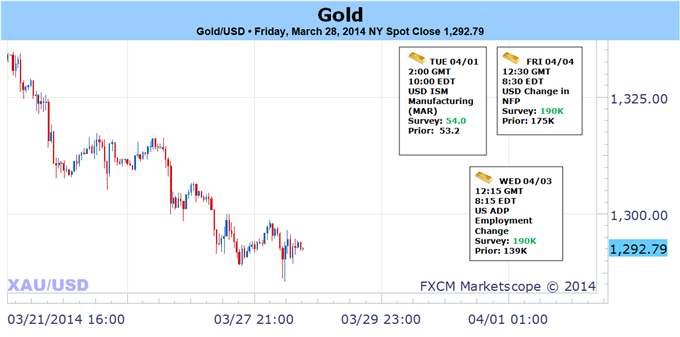

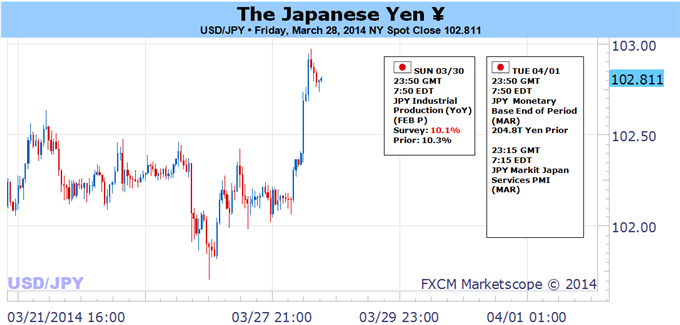
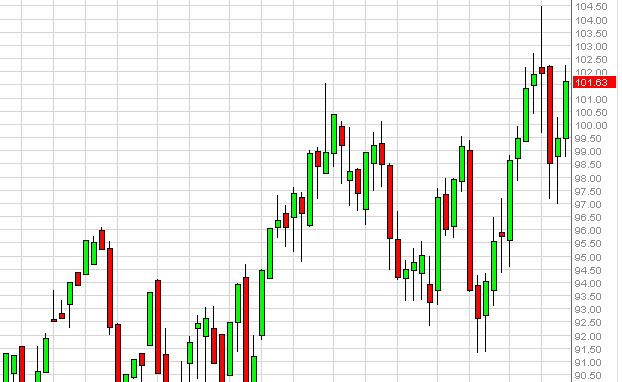
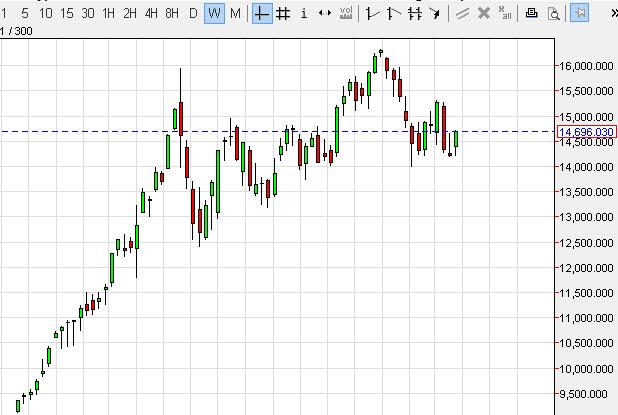
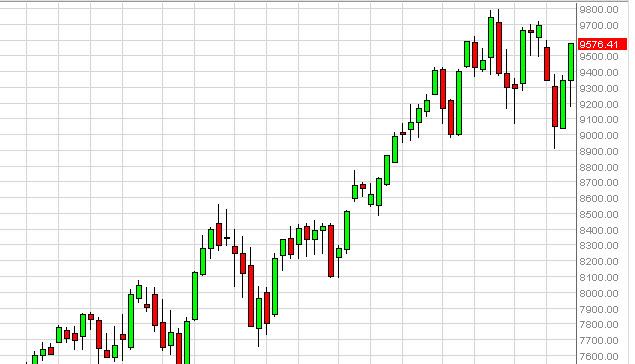

Bookmarks